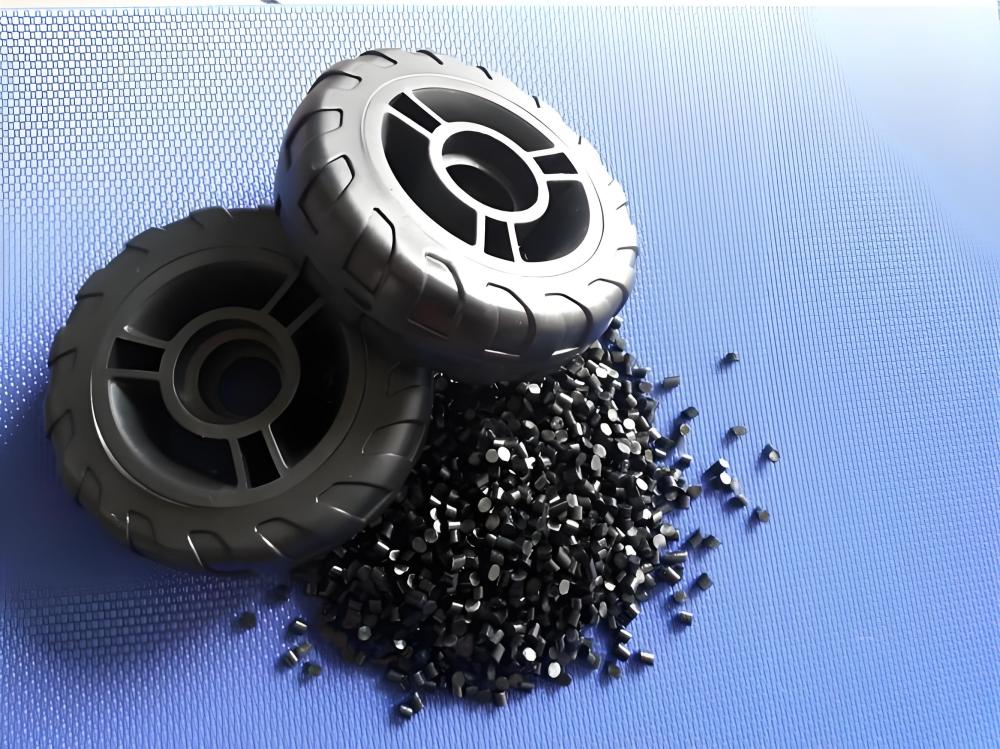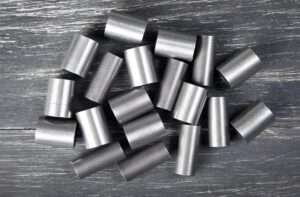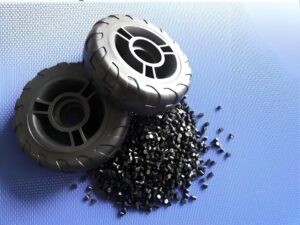Thermoplastic polyurethane (TPU) is one of today’s most versatile and reliable materials, used everywhere from car interiors to phone cases. Known for its flexibility, durability, and resistance to wear and chemicals, TPU is helping manufacturers create smarter, stronger, and more sustainable products.
This guide explores what TPU is, how it’s made, the different types available, and why it has become a cornerstone in modern production.
What Is Thermoplastic Polyurethane?
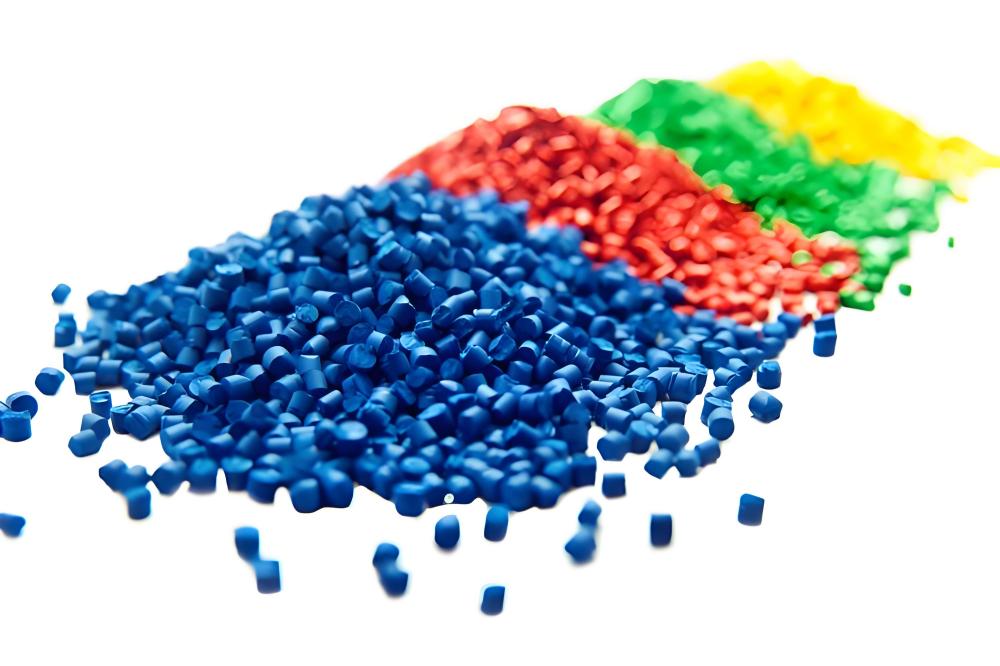
At its core, thermoplastic polyurethane combines the elasticity of rubber with the strength of plastic. Unlike thermosetting plastics that can’t be reshaped after molding, TPU can be reheated and reprocessed multiple times—making it recyclable and highly adaptable.
It performs exceptionally well under stress, maintaining flexibility and impact strength even in extreme temperatures. Because of these characteristics, TPU is found in applications ranging from automotive parts and footwear to medical devices and consumer electronics.
What Is TPU Made Of?
The production of TPU involves three main chemical ingredients: diisocyanates, polyols, and chain extenders. The balance between these determines the material’s performance.
- Diisocyanates: Provide rigidity, strength, and mechanical stability.
- Polyols: Add elasticity and flexibility, influencing the TPU’s resistance to water and chemicals.
- Chain Extenders: Strengthen the polymer structure, increasing hardness and tensile strength.
By adjusting the chemistry, manufacturers can engineer TPUs that range from soft and elastic to rigid and tough—each suited for specific performance requirements.
Main Types of Thermoplastic Polyurethane
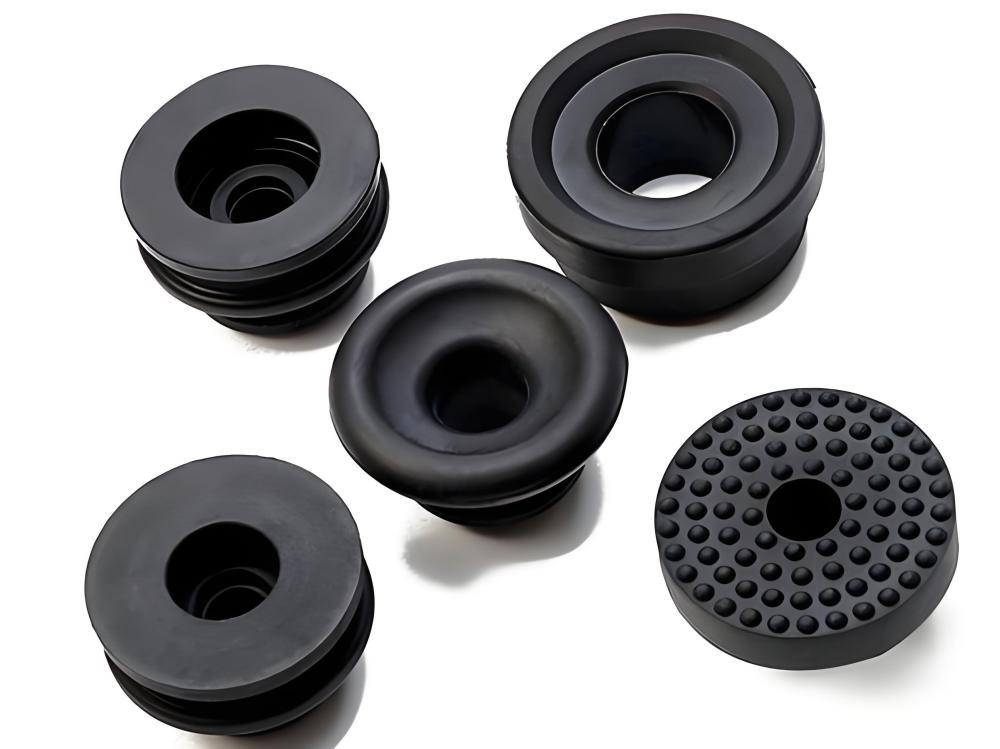
Not all TPUs behave the same way. Depending on the base materials, TPUs can vary in resistance, flexibility, and environmental performance.
1. Polyester-Based TPU
This type is known for exceptional resistance to abrasion, oils, and chemicals. It’s widely used in automotive components, conveyor belts, and industrial hoses where durability is critical.
2. Polyether-Based TPU
With excellent water and hydrolysis resistance, polyether-based TPU stays flexible even in humid conditions and low temperatures. It’s ideal for tubing, seals, and waterproof connectors.
3. Polycaprolactone-Based TPU
Offering soft elasticity and biodegradability, this variant is common in medical applications and eco-friendly materials, balancing comfort with mechanical strength.
4. Thermoplastic Elastomeric TPU
This highly elastic form is often used in footwear, flexible electronics, and sporting goods, providing resilience and comfort without losing shape.
Common Uses of TPU in Manufacturing
Because of its balance between flexibility, durability, and chemical stability, TPU material is used across a wide range of industries:
- Automotive: In seals, gaskets, protective films, and flexible components that must withstand heat and vibration.
- Footwear & Apparel: Used in soles, athletic gear, and outerwear for comfort and long-lasting wear.
- Medical Devices: Ideal for catheters, tubing, and surgical tools due to its biocompatibility and chemical resistance.
- Consumer Electronics: Offers impact absorption for phone cases, charging cables, and wearables.
- Industrial Equipment: Serves in belts, rollers, and seals requiring abrasion resistance and strength.
Its combination of toughness and elasticity allows engineers to fine-tune performance for nearly any product design.
Why TPU Matters in Modern Manufacturing
As industries move toward more sustainable and high-performance materials, TPU manufacturing has gained significant importance. TPU’s recyclability, customizable properties, and compatibility with various molding and extrusion methods make it ideal for modern production lines.
At Precionn, we specialize in precision machining and high-quality TPU components built to meet global performance and reliability standards. Whether you need intricate custom parts or large-scale production, our expertise ensures your TPU products meet the highest levels of accuracy and durability.
For manufacturers seeking dependable solutions that blend innovation with quality, Precionn delivers performance you can trust.
FAQ about TPU material
Thermoplastic polyurethane is considered safe when used appropriately. Medical-grade and food-grade TPUs comply with strict regulatory standards, making them suitable for products in contact with the human body. Always verify the material’s certification for specific applications.
Yes, TPU is highly water-resistant. Polyether-based variants, in particular, provide excellent hydrolytic stability, making them ideal for hoses, tubing, and waterproof coatings.
Flexibility is one of TPU’s defining characteristics. Depending on formulation, TPU can range from soft and elastic to semi-rigid, making it suitable for a wide range of industrial and consumer products.
Polyurethane can be either thermosetting or thermoplastic. While thermosetting polyurethane cannot be remolded after curing, thermoplastic polyurethane can be melted and reshaped multiple times without losing its integrity.

